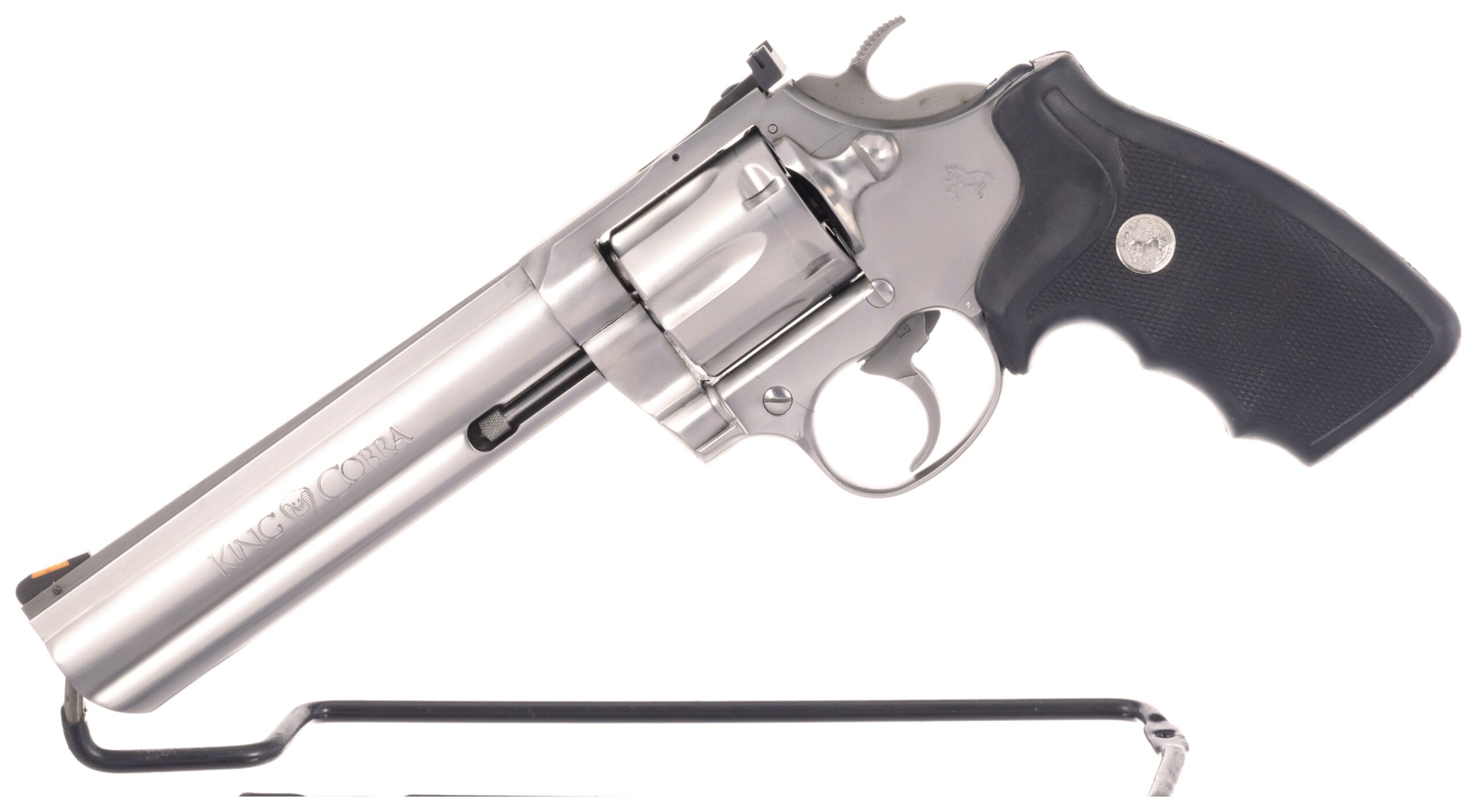
Introduction
The king cobra (Ophiophagus hannah) is not only the world’s longest venomous snake but also holds a significant place in the ecosystem as a top predator. Its unique biological characteristics and impressive size, along with its role in local cultures, make it a fascinating subject of study. As natural habitats face increasing threats, understanding the king cobra’s status is vital for effective conservation efforts.
Physical Characteristics
The king cobra can reach lengths of up to 5.6 metres (18 feet), making it a notable species in the snake family. Its distinctive hood, which it expands when threatened, serves as a warning to potential predators and human encounter. The coloration typically varies from olive green to black, with pale yellow or white crossbands. This striking appearance contributes to its mystique and highlights its adaptations for survival.
Habitat and Distribution
Primarily found in the forests and grasslands of South and Southeast Asia, the king cobra’s range extends from India through Southeast Asia, including countries like Thailand, Malaysia, and Indonesia. They prefer humid environments where they can thrive and hunt effectively. Unfortunately, as deforestation and human encroachment continue, their natural habitats are shrinking, further endangering the species.
Conservation Status
The International Union for Conservation of Nature (IUCN) currently lists the king cobra as vulnerable due to habitat loss, poaching, and the illegal pet trade. The increasing interaction with humans often results in conflicts, leading to deaths on both sides. Efforts are underway in various regions to promote awareness and educate communities about coexisting with these majestic reptiles.
Recent Developments
In recent months, conservation groups have doubled down on efforts to protect king cobra populations through habitat restoration projects and community engagement initiatives. These programmes aim to reduce human-snake conflicts and mitigate threats to the species. In addition, several wildlife sanctuaries have begun focusing on rehabilitation and release programmes for injured or displaced king cobras, aiming to boost their populations in the wild.
Conclusion
The plight of the king cobra serves as a reflection of broader environmental challenges facing many species today. As we move forward, it becomes increasingly crucial to understand the ecological significance of this snake and to support conservation initiatives aimed at protecting it. By educating ourselves and others about the importance of biodiversity and the role of the king cobra, we can contribute to the preservation of this vital species and its habitat for future generations.
You may also like

Understanding Mosquera Wolves and Their Conservation Needs

Understanding the Importance of Monkeys in Ecosystems
